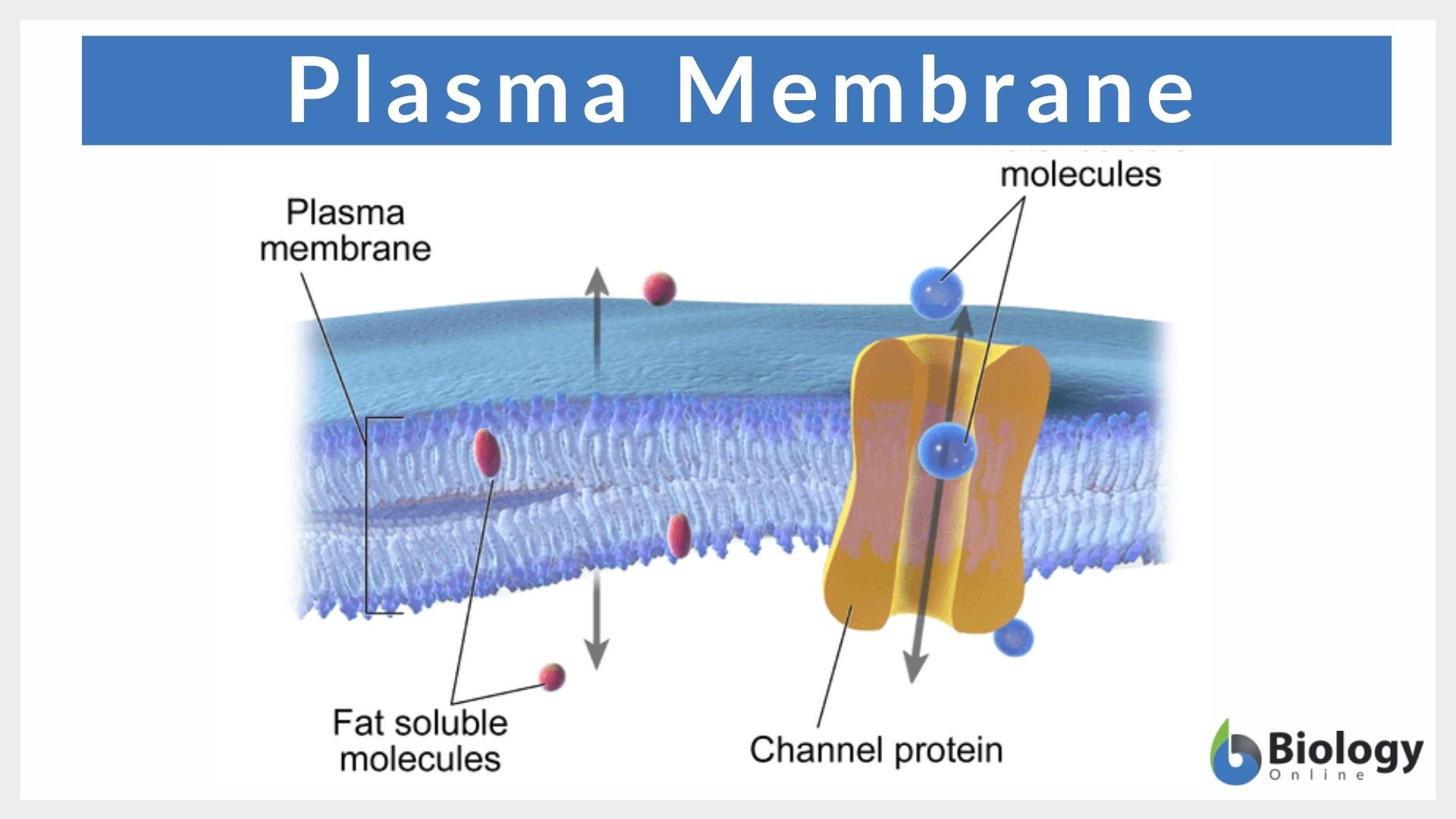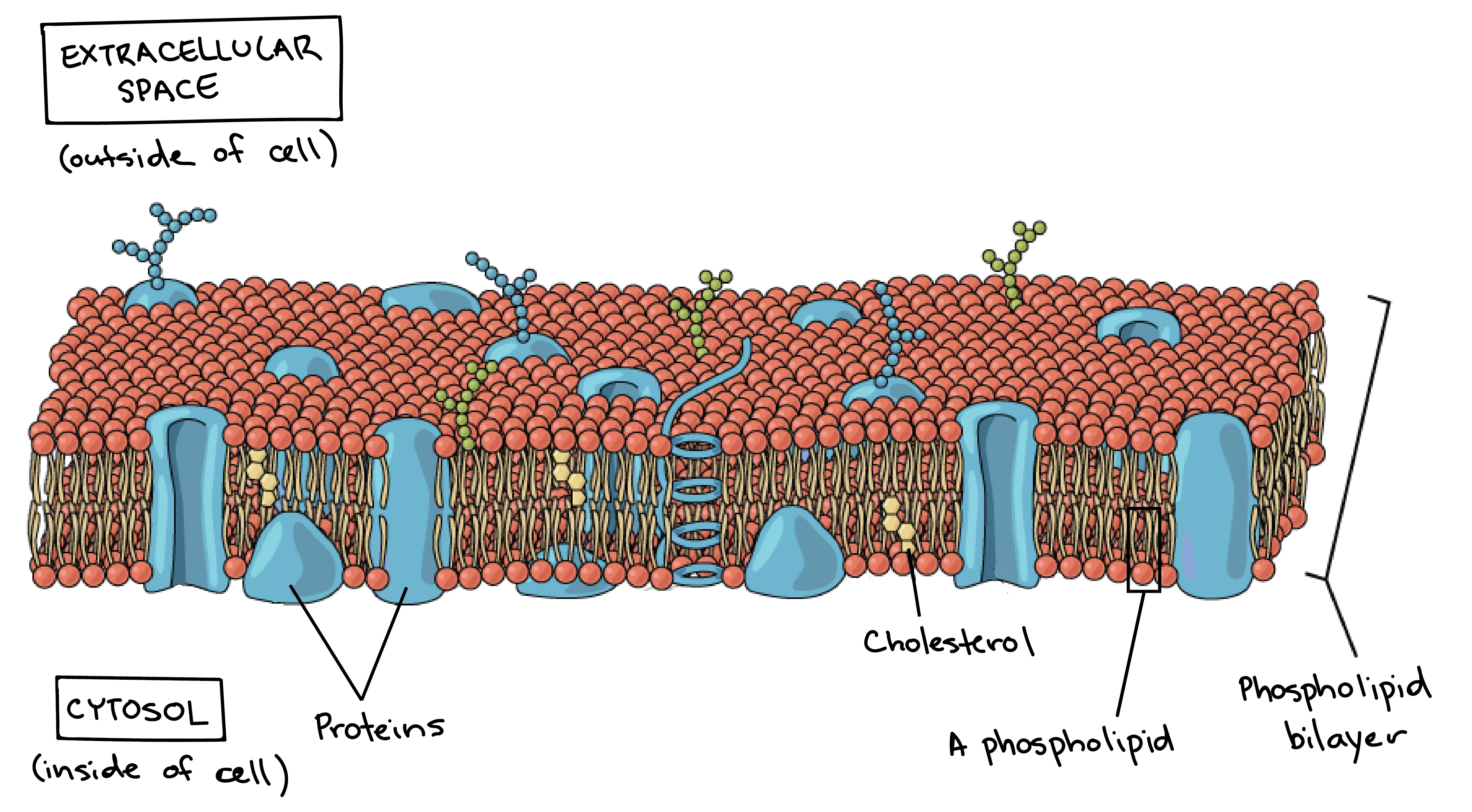2 What Model Is Used to Describe the Plasma Membrane
The plasma membrane structure of most. It was the first model that attempted to describe the position of proteins within.

Functions Of The Plasma Membrane Biology Wise
Cell walls may or may not be present.

. The fluid mosaic model describes the structure of the plasma membrane as a mosaic of componentsincluding phospholipids cholesterol proteins and carbohydratesthat gives the membrane a fluid. The Medical Services Advisory Committee MSAC is an independent non-statutory committee established by the Australian Government Minister for Health in 1998. Plasma SARS-CoV-2 RNA may represent a viable diagnostic alternative to respiratory RNA levels which rapidly decline after infection.
The plasma membrane resembles that of prokaryotes in function with minor differences in the setup. The structure of the plasma membrane is often described in terms of the fluid mosaic model which refers to the ability of membrane components to move fluidly within the plane of the membrane as well as the mosaic-like composition of the components which include a diverse array of lipid and protein components Figure 215. Further support for the relevance of the plasma membrane pathway comes from experiments with Calu-3 cells an immortalized human lung cell line reported to have mRNA expression levels of ACE2 DPP4 TMPRSS2 and cathepsin L similar to the human lung so that they may serve as a good representative model for SARS-CoV MERS-CoV and SARS-CoV-2.
Membrane technologies as efficient separation techniques have been widely applied in several areas especially for water treatment drinking water and wastewater treatment including disinfection distillation or media filtration 12345 pharmaceutical and biotechnology industries such as drug release 67 food industries such as membrane fractionation of milk. The DavsonDanielli model or paucimolecular model was a model of the plasma membrane of a cell proposed in 1935 by Hugh Davson and James Danielli. Signal transduction is the process by which a chemical or physical signal is transmitted through a cell as a series of molecular events most commonly protein phosphorylation catalyzed by protein kinases which ultimately results in a cellular responseProteins responsible for detecting stimuli are generally termed receptors although in some cases the term sensor is used.
The model describes a phospholipid bilayer that lies between two layers of globular proteins and it is trilaminar and lipoproteinous. The eukaryotic DNA is organized in one or more linear molecules called chromosomes which are associated with histone proteins. The model has evolved somewhat over time but it still best accounts for the structure and functions of the plasma membrane as we now understand them.
All chromosomal DNA is stored in the cell nucleus separated from the cytoplasm by a membrane. Our results reveal that the yeast plasma membrane is in a highly rigid physical state comparable to model membranes of DPPC with 015 ergosterol at a gel-like L β phase.
What Is Plasma Membrane Chemical Structure Functions Of Cell Membrane

Plasma Membrane Definition And Examples Biology Online Dictionary

No comments for "2 What Model Is Used to Describe the Plasma Membrane"
Post a Comment